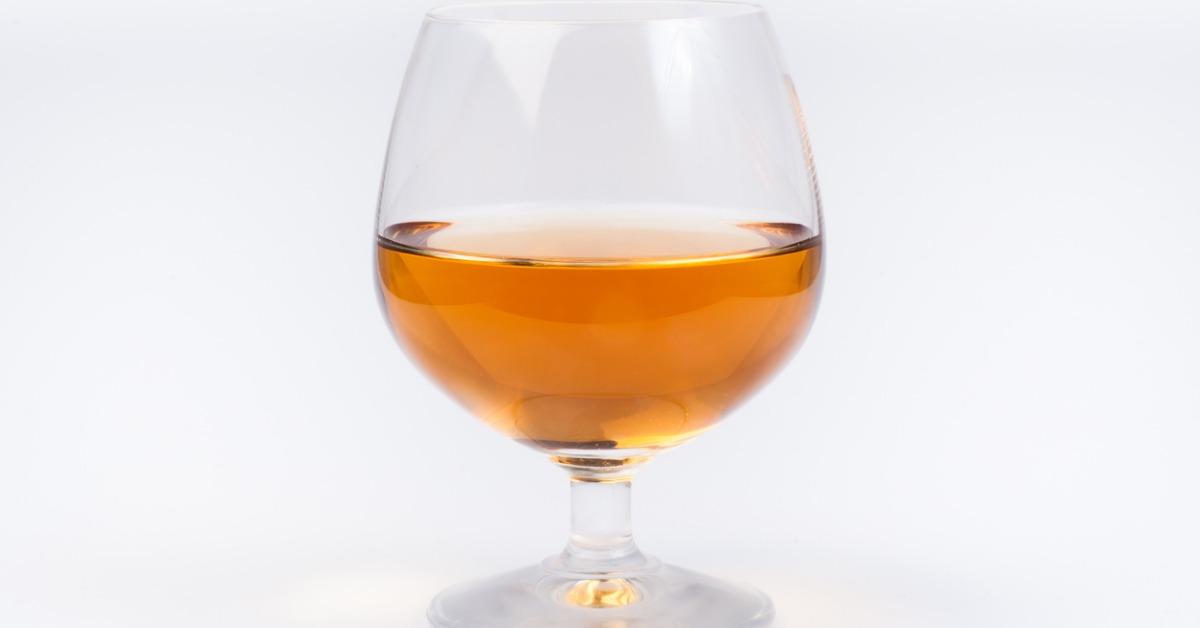How to Brew Your Own Mead at Home
Published Dec. 4 2020, 5:08 p.m. ET

Mead, otherwise known as honey wine, is one of the more popular alcohols favored by home brewers in recent years. Its novelty in today’s culture is juxtaposed, and perhaps even underscored, by the fact that it can be traced back to the time of the Vikings, around 8,000 years ago But the secrets to brewing this lost libation are no real mystery. In fact, the recipe for mead has been studied and utilized by amateur methiers (brewers of mead) for centuries. and now you too can make mead in your own home.

What is mead?
Mead is one of the oldest fermented beverages on Earth. There is evidence that it was brewed as early as 15,000 BC, during the time of the Vikings. Back then, they drank mead from cow horns and goblets, usually as an alternative to water which, lacking the heat and antibacterial qualities gained by mead’s fermentation process, was actually much less safe to drink back then. Mead was also made in Ancient Greece, where it was known as “the drink of the gods.”
Unlike wine, which is made from fermented grapes, mead is made from fermented honey. Modern home brewers and winemakers have rediscovered the secrets to brewing this ancient beverage and have begun experimenting with it using all manner of ingredients. New styles, trends, and creative approaches have given rise to mead’s renewed popularity.

How to make mead
Home mead-making requires a number of ingredients and tools that will help aid in the process. There are many mead kids available on the market, many of which you can buy through reputable online sources like homebrewing.org. The bulk of what comes in these kits includes, a large plastic pail, glass carboys, a big pot, and a mead-making book.
Like all forays into home brewing, a pre-made kit may be the best way to get started. Then, once you learn the ropes, you can alter the process, ingredients, and brewing time to suit any number of different permutations.

Find the best possible ingredients
The first step in the process is to gather your ingredients, namely honey, which you will want to get from reputable sources. Like most homebrewed alcohols, mead does not require any sort of complex ingredients, not at the start anyway. All you will need is water, yeast, and honey. That’s all.
Different kinds of honey will provide different depths and degrees of honey flavor, though much of that will also depend on the brewing process itself. Regardless of what type of honey you use, it’s always best to look for honey from local or sustainable sources. The fresher and more natural the product is, the more refined and nuanced the end-result will be.
Sanitize everything
Keeping errant bacteria away from your brew is essential to creating the right type of fermentation in your mead. The smallest speck of the wrong bacteria can ruin an entire batch of mead, wasting time and potentially expensive ingredients. Make sure all your tools and vessels have been completely sanitized by either boiling them in hot water or washing them with a special winemaking sanitizer.

Boil the brew
According to the folks on Brew Your Own, making a 6 gallon batch of mead begins as follows: First, boil 1.5 gallons of water in a large pot and then add about 1.5 gallons of honey to it once it's off the stove. There are different schools of thought as to when this honey should be added, however. Some say that it can be added while the pot is boiling, while others argue that doing this wipes out all the floral accents in the honey. If you’ve bought a specific type of honey because you like those accents, it would be best to preserve them by adding the honey once it’s off the stove.
Fruit or herbs can be used at this point to further flavor the honey, though most methiers agree that creative additions should be saved for the second batch. That way, you don’t run the risk of over spicing or over flavoring your first batch. Remember, basics first, experimentation later.
Cool it down
Once your honey is mixed in, add three more gallons of cool water to the pot. This can be either filtered or spring, just don’t use regular tap water that has chlorine in it. Any unwelcome chemicals might foul the process. Take the liquid’s temperature and once it measures between 65 and 75 degrees Fahrenheit, add the yeast. According to the gathered brewers on GotMead.com, temperature ensures the perfect temperature to keep the yeast alive and healthy. Then, pour the mead into your pail or glass jug.

Measuring alcohol
Many mead kits will come equipped with a hydrometer, which you will use at this point to measure the alcohol content of your brew. Once you have measured and mixed it, seal the top of the plastic pail or glass jug with an airlock top. Most kits will come with this type of top as well because it ensures that some air escapes during the fermenting process. Within the next 24 hours, the fermenting will begin.
Low and slow fermentation
Mead’s first ferment takes about a month, at which time you can begin the process of siphoning the brew off and into a secondary container. This process, also known as “racking,” leaves most of the fermented sediment on the bottom of the first container. Cover the second container with another airlock and let the mead sit for another month. You can let it go longer if you want to deepen the flavor. Once it’s ready, feel free to siphon it into bottles and cork them.